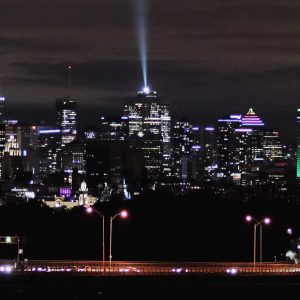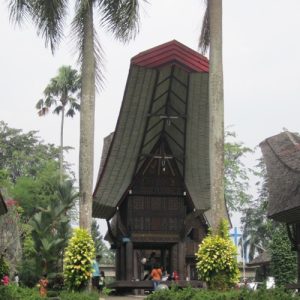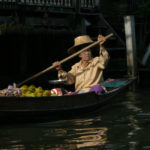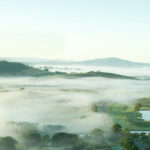The Walled City: A Microcosm of Disorder
Tucked away in the heart of Kowloon, Hong Kong, once stood the infamous Kowloon Walled City — a place that defied conventional urban planning, where buildings jutted into the sky like a chaotic jungle of concrete and steel. Today, the Walled City is no more – it has been replaced by beautifully designed and maintained gardens that provide a wonderful retreat from the hustle and bustle of Kowloon itself.
The story of Kowloon Walled City continues however to captivate and draw visitors seeking to understand a unique chapter in Hong Kong’s history.
Before its demolition in 1993, Kowloon Walled City was a sprawling, densely-packed urban maze that housed an estimated 30,000 to 50,000 people in just 6.4 acres of land. Originally a military outpost during the Song Dynasty (960–1279), it evolved over the centuries into a largely self-regulated community, free from formal governance, making it both infamous and mysterious.
I wasn’t aware of the existence or history of Kowloon Walled City until recently, and so I’m waiting eagerly until my next trip to Hong Kong to visit this historic site. One thing I hope that I’ve learnt is to be careful about what I think of other people’s culture and history. If you haven’t lived under their circumstances, it’s easy to misunderstand. My reason for being interested in Kowloon Walled City is to try and understand how the people there thrived in such intense proximity (I understand they had the highest level of population density of anywhere in the world). We may not want to replicate Kowloon Walled City now, but what lessons can we learn?
The Walled City was a patchwork of illegal construction, unregulated living conditions, and an incredibly high concentration of people. Buildings were constructed haphazardly with floors that hung over the streets below, narrow alleys, and complex networks of passageways that made it almost impossible to navigate without a local guide. As a result, it became a symbol of urban chaos — a place where residents lived, worked, and even thrived amid seemingly impossible circumstances.
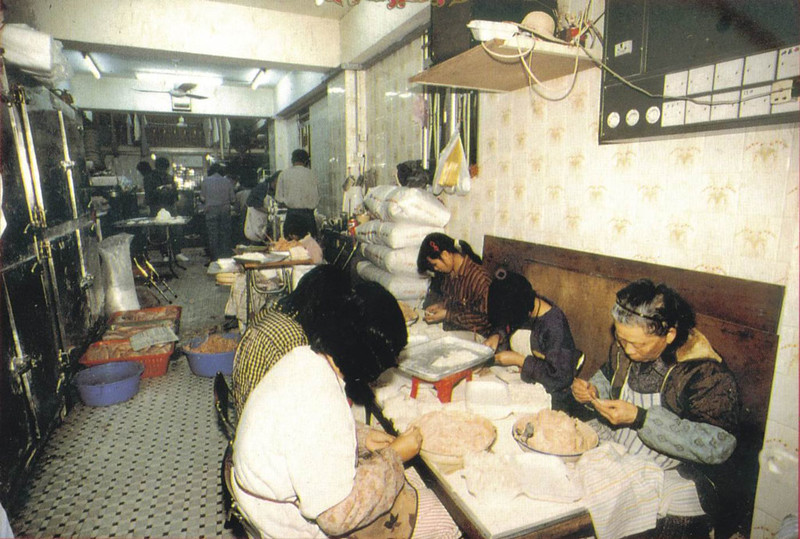
Image by: https://www.flickr.com/photos/eager/
From Lawlessness to Legend
While Kowloon Walled City had a reputation for being a haven for crime, particularly during the 1950s and 1960s, it was also a vibrant community of small businesses and industries. Here, residents created their own world of sorts—self-sufficient, with a network of tiny workshops producing everything from textiles to electronics. Its labyrinthine alleys were lined with unlicensed doctors, dentists, and street vendors, providing a rare glimpse into life outside the boundaries of traditional regulation.
Yet, despite its thriving local economy, the Walled City was also notorious for being a center of illicit activity, with gangs controlling various parts of the area. Over the years, it gained notoriety for its underground trade in drugs, gambling, and vice, creating a dangerous and tumultuous environment for its residents.
For much of the 20th century, Kowloon Walled City was a strange paradox: an anarchic and grimy place that managed to function in its own way. It was a city within a city — completely unrecognizable from the shiny, modern skyscrapers that now dominate Hong Kong’s skyline.
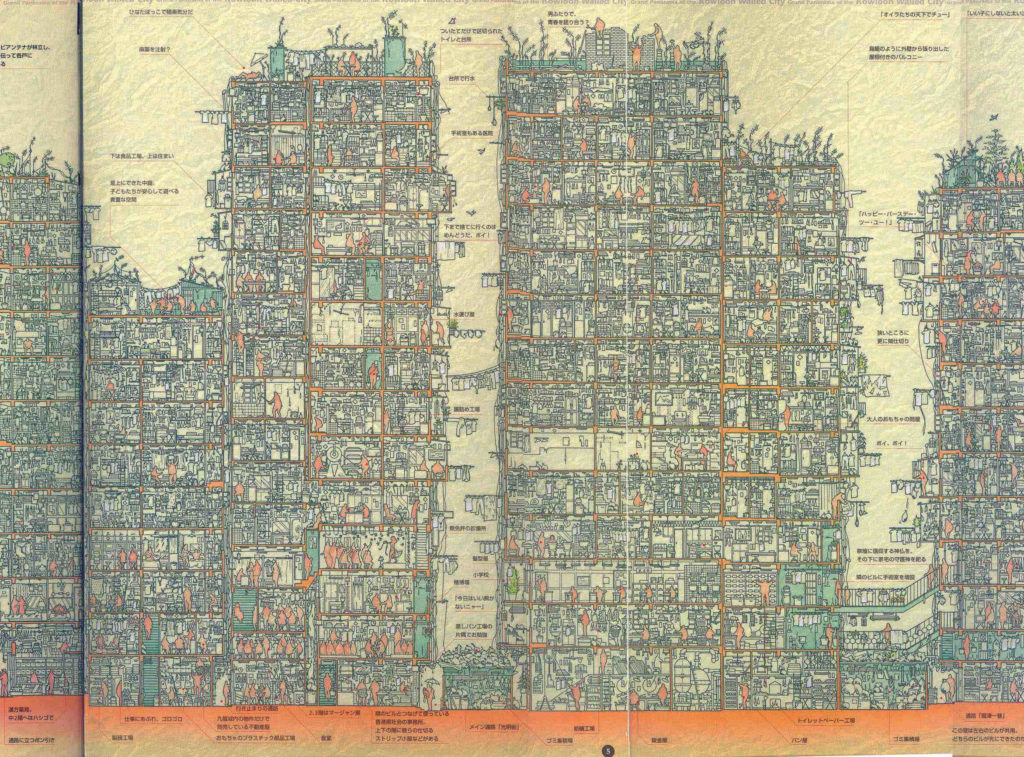
Image by: https://www.flickr.com/photos/eager/
The Walled City Today: A Peaceful Park of Reflection
Though the Walled City no longer exists in its original form, its legacy lives on in the Kowloon Walled City Park, a beautifully landscaped space built on the site of the former settlement. Opened in 1995, the park is a serene escape from the urban bustle of Kowloon, offering visitors a chance to reflect on the remarkable history of this once-controversial area.
As you stroll through Kowloon Walled City Park, you’ll find remnants of its past preserved in thoughtful displays. The park incorporates fragments of the Walled City’s original structures, such as ancient stone foundations and remnants of the former city walls.
At the heart of the park lies the remnants of the South Gate, once a key feature of the Walled City’s original design.
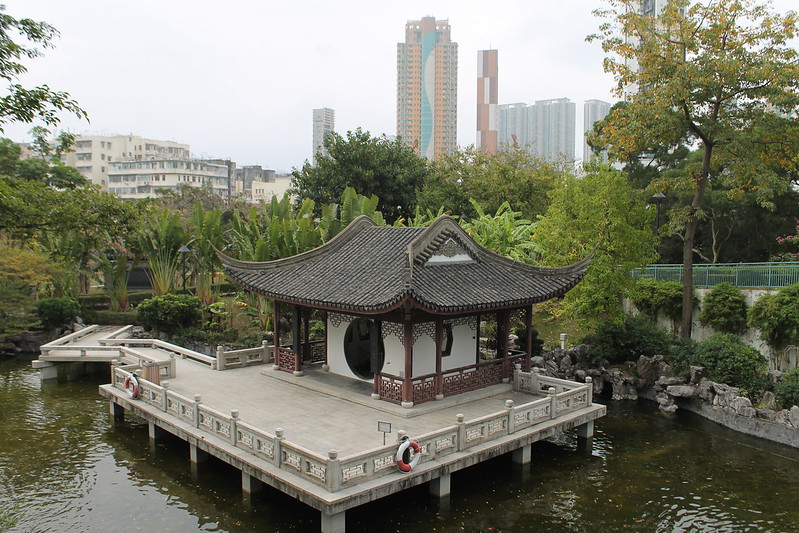
Image by: https://www.flickr.com/photos/131622395@N03/
A Fascinating Place for History Buffs and Urban Explorers
For travelers with a keen interest in urban history or those looking to uncover Hong Kong’s more offbeat attractions, Kowloon Walled City Park is a must-visit. You can take your time exploring the winding paths, appreciating the tranquil atmosphere, and reading up on the fascinating transformation of the area.
For those who want to go deeper into the Walled City’s story, the Hong Kong Museum of History offers a comprehensive exhibition dedicated to Kowloon Walled City. Through photographs, models, and personal accounts, visitors can gain a greater understanding of the community that once existed here, the challenges faced by its inhabitants, and the ways it managed to survive in what seemed like impossible conditions.
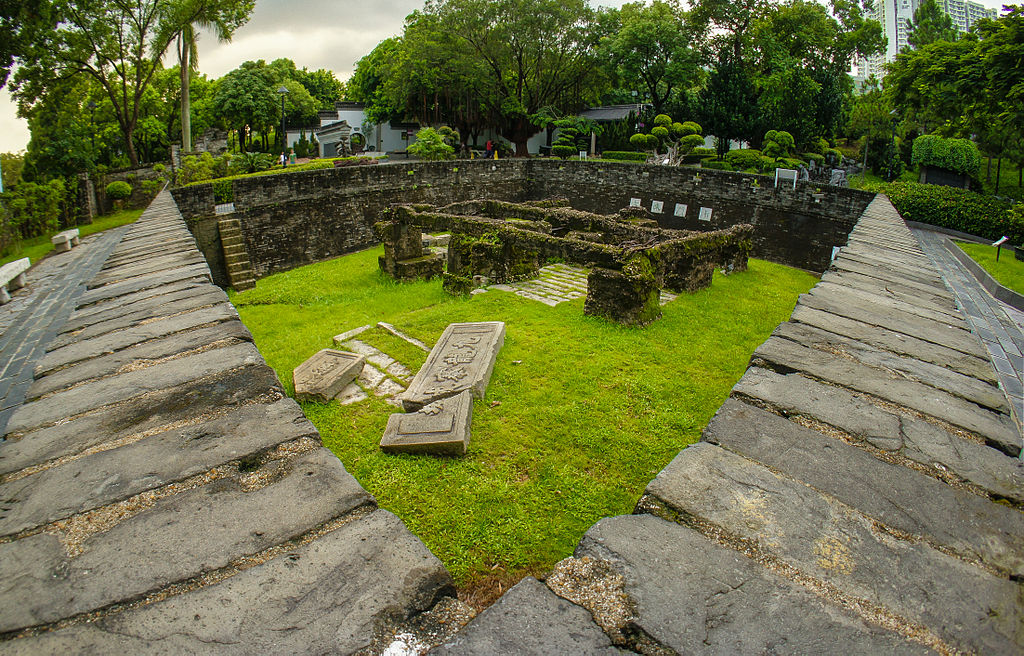
Image by: Mk2010, CC BY-SA 3.0 , via Wikimedia
A Symbol of Resilience and Reinvention
While Kowloon Walled City may no longer be standing, its impact on Hong Kong’s history and identity remains undeniable. The people who lived and worked there were resilient, adapting to their surroundings in ways that are almost unimaginable today. It serves as a reminder of the complexities of urban life, where even in the most chaotic of environments, communities can thrive and make a life for themselves.
Visiting Kowloon Walled City Park is not only an opportunity to explore Hong Kong’s past but also a chance to reflect on how cities evolve over time.
Whether you’re a history enthusiast, or simply intrigued by the fascinating stories of urban life, Kowloon Walled City offers a glimpse into an era that no longer exists. The contrast between its gritty past and tranquil present is both striking and thought-provoking, leaving visitors with a sense of awe and respect for the resilience of human communities.
Some social environments that I’ve been in have required very close proximity to other people, including strangers. It took a lot of adjusting to become accustomed to this. People living in Kowloon Walled City must have been even far more adept in this respect. Whilst the Walled City itself was known as being very grimy, the social skills of its inhabitants must have become quite highly adapted (ignoring associated crime aspects).
Would it make sense if possible, while in Hong Kong, to take a break from the bustle and visit the Walled City Park also, and ponder the extraordinary lives these people must have had?
Heading Image: https://www.flickr.com/photos/macrj/


